Click here and press the right key for the next slide.
(This may not work on mobile or ipad. You can try using chrome or firefox, but even that may fail. Sorry.)
also ...
Press the left key to go backwards (or swipe right)
Press n to toggle whether notes are shown (or add '?notes' to the url before the #)
Press m or double tap to slide thumbnails (menu)
Press ? at any time to show the keyboard shortcuts
Evidence for Inferential Isolation
examples
inferential isolation
example 1

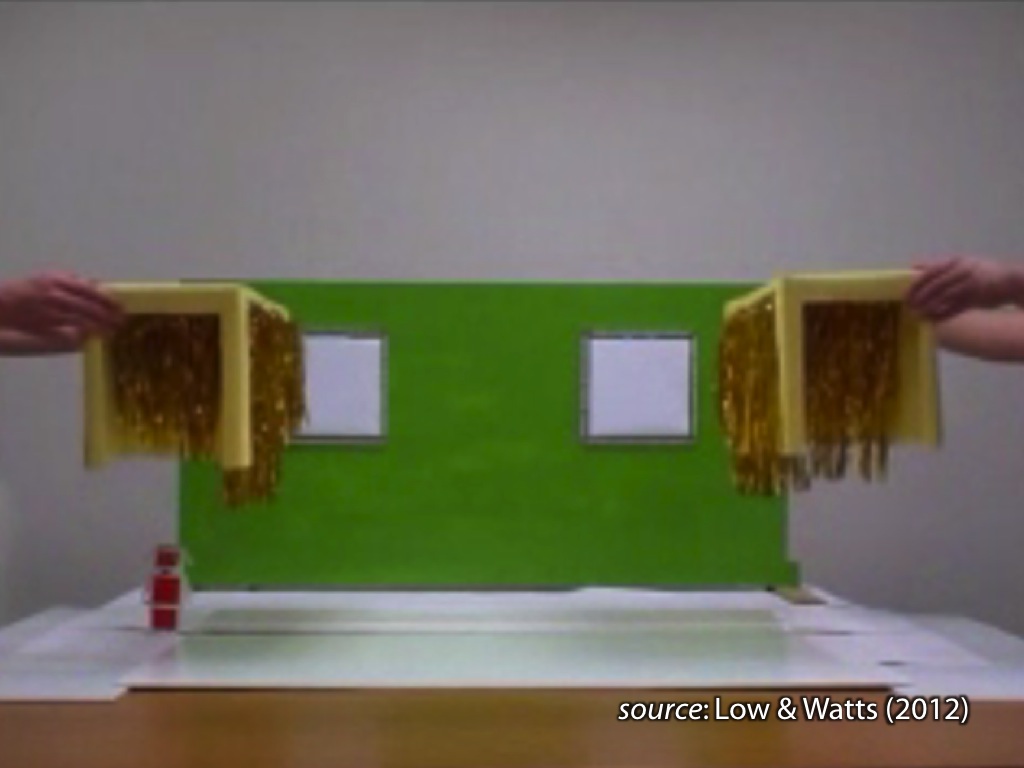



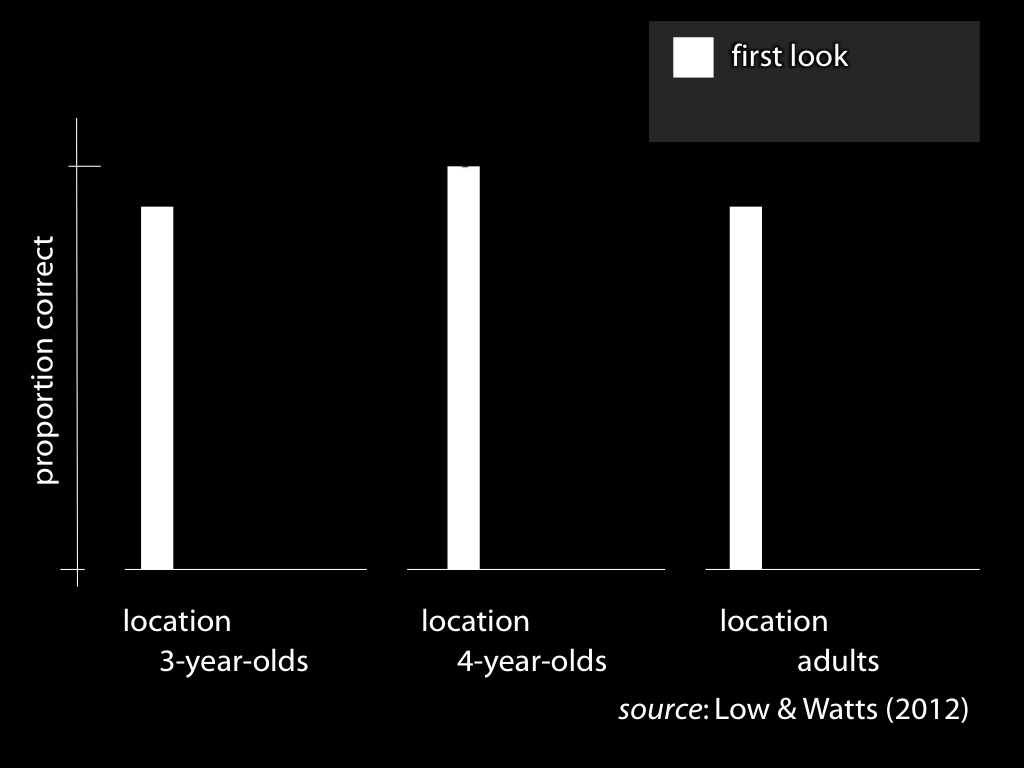
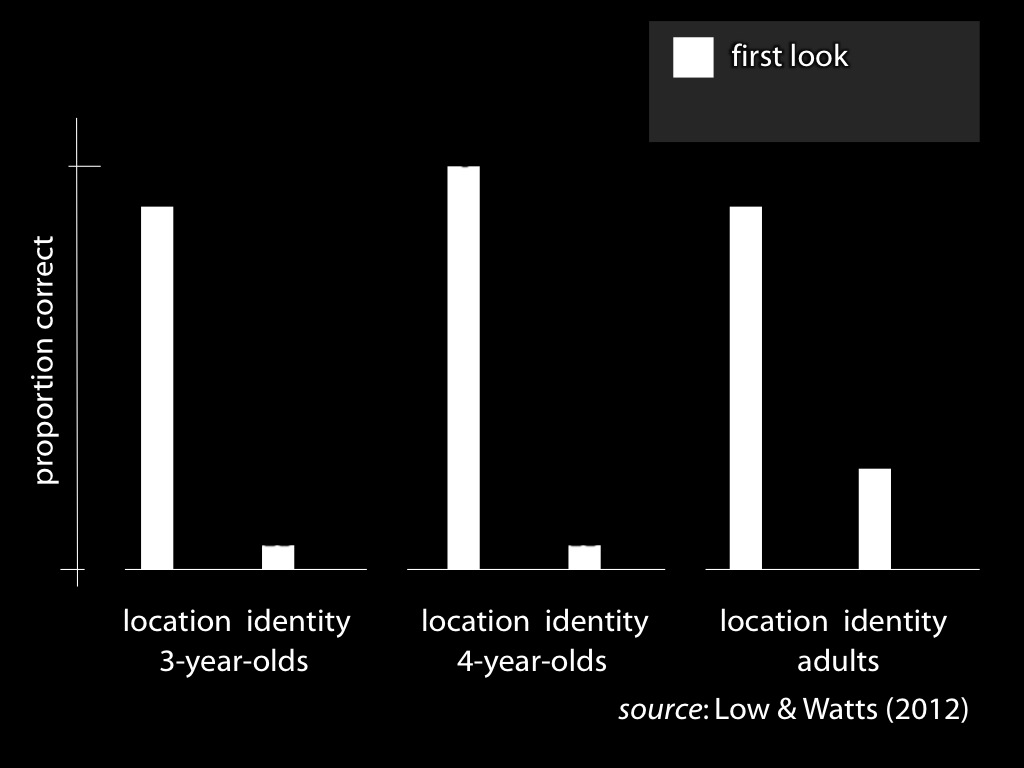
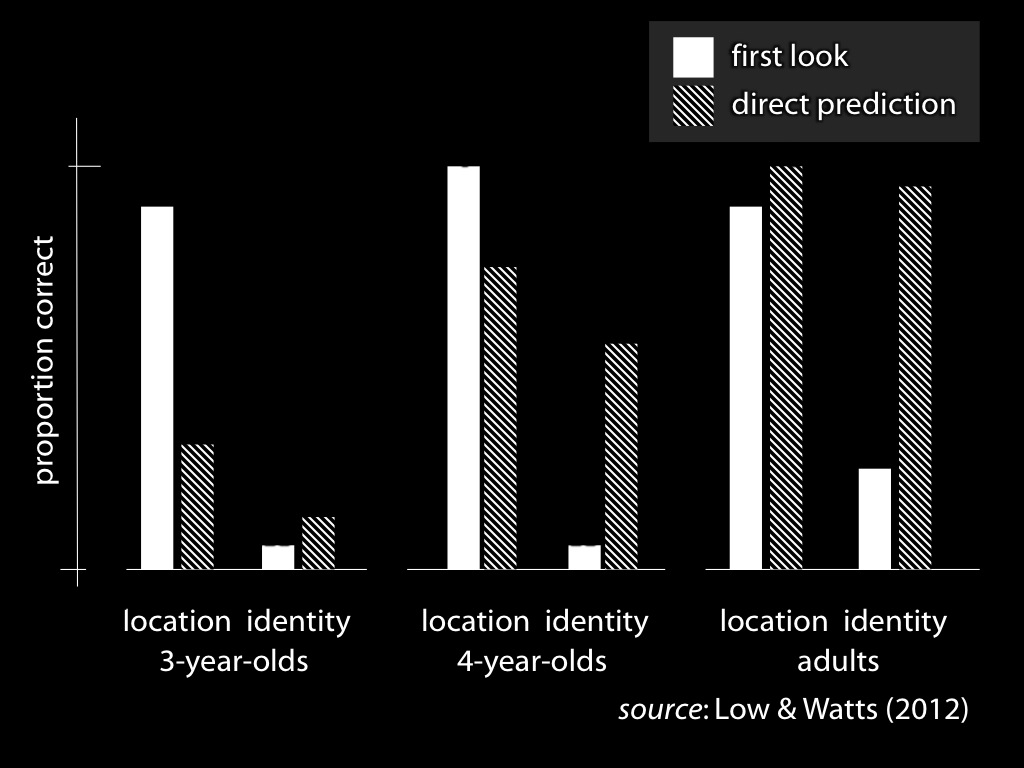
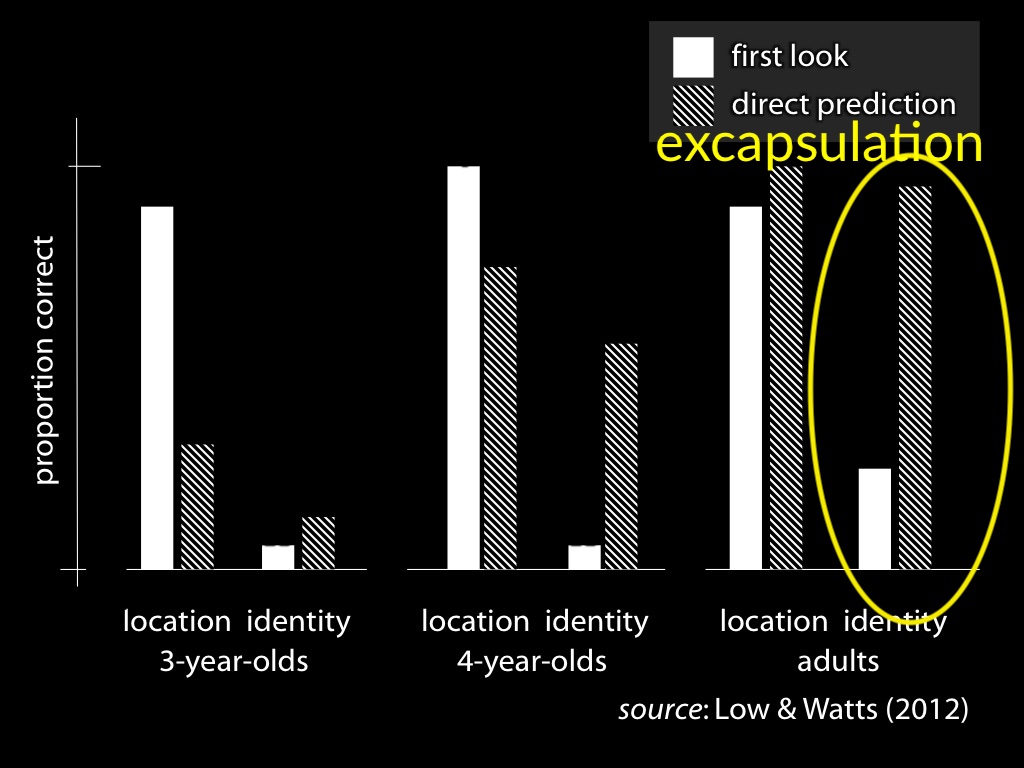
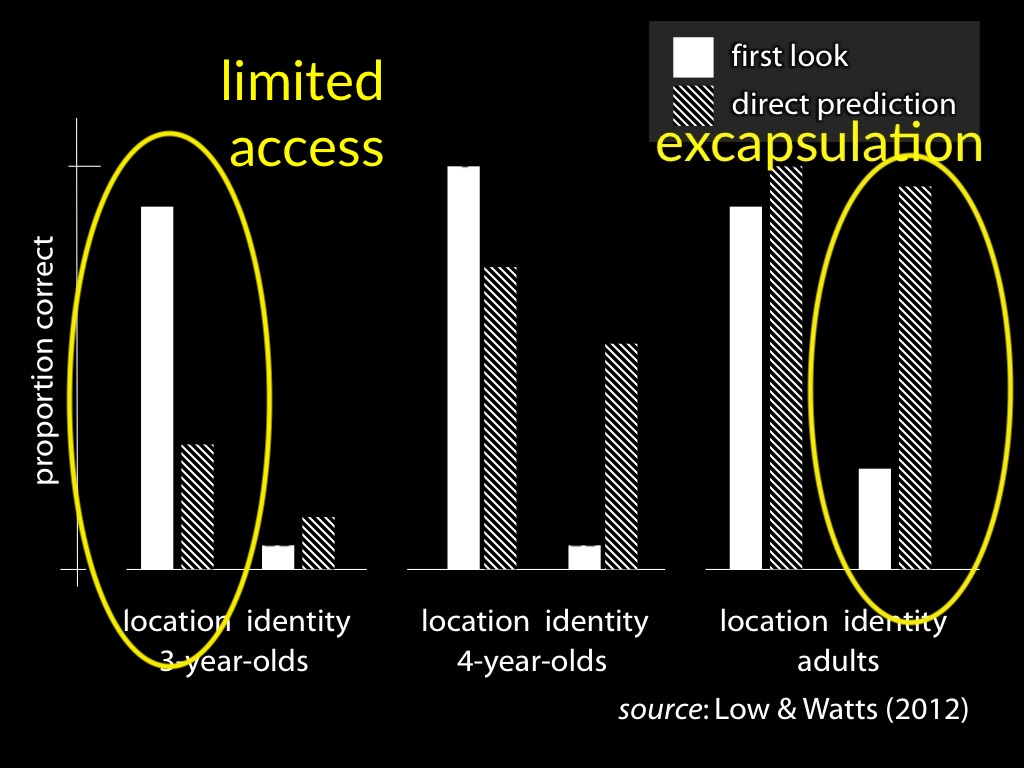
inferential isolation
example 2 (background)
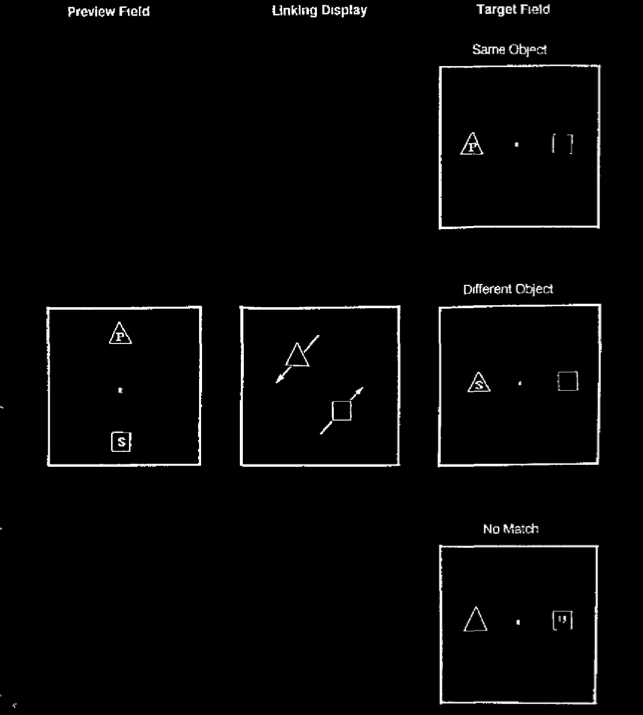
Kahneman et al 1992, figure 3
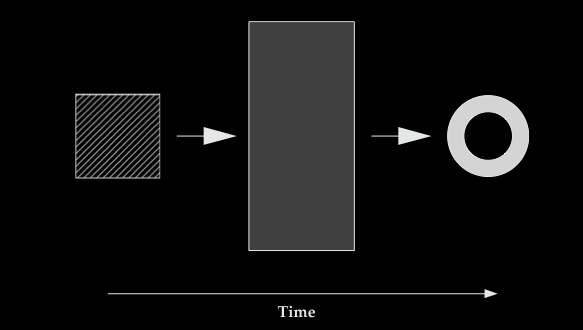
Scholl (2007, p. figure 4)
How many objects do you see?
OSPB: one
verbal judgement: two
inferential isolation
example 2
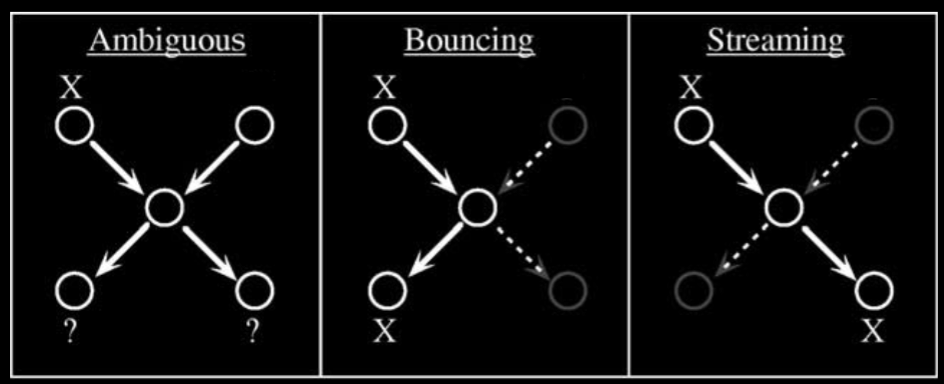
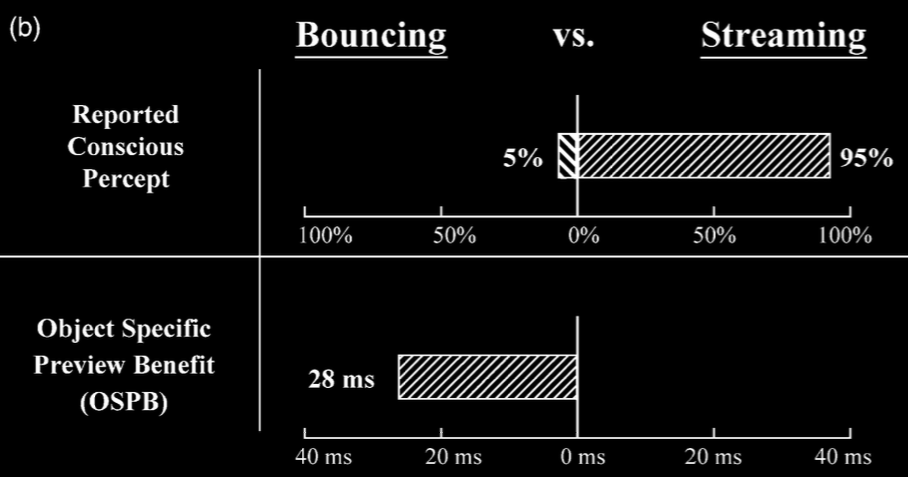
Mitroff, Scholl and Wynn 2005, figures 2–3


qualification:
information vs inference
inferential isolation
example 3
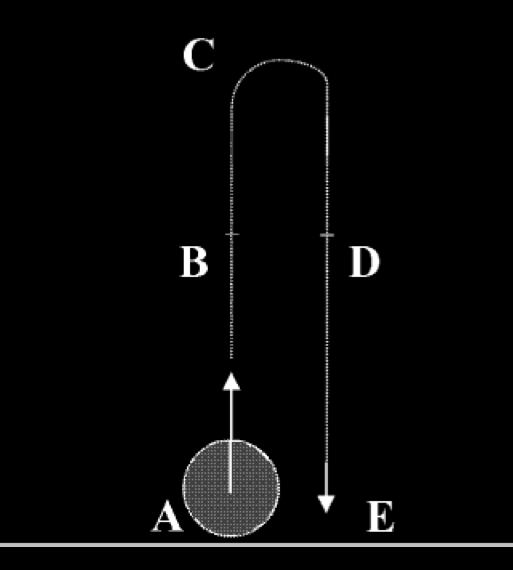
unknown
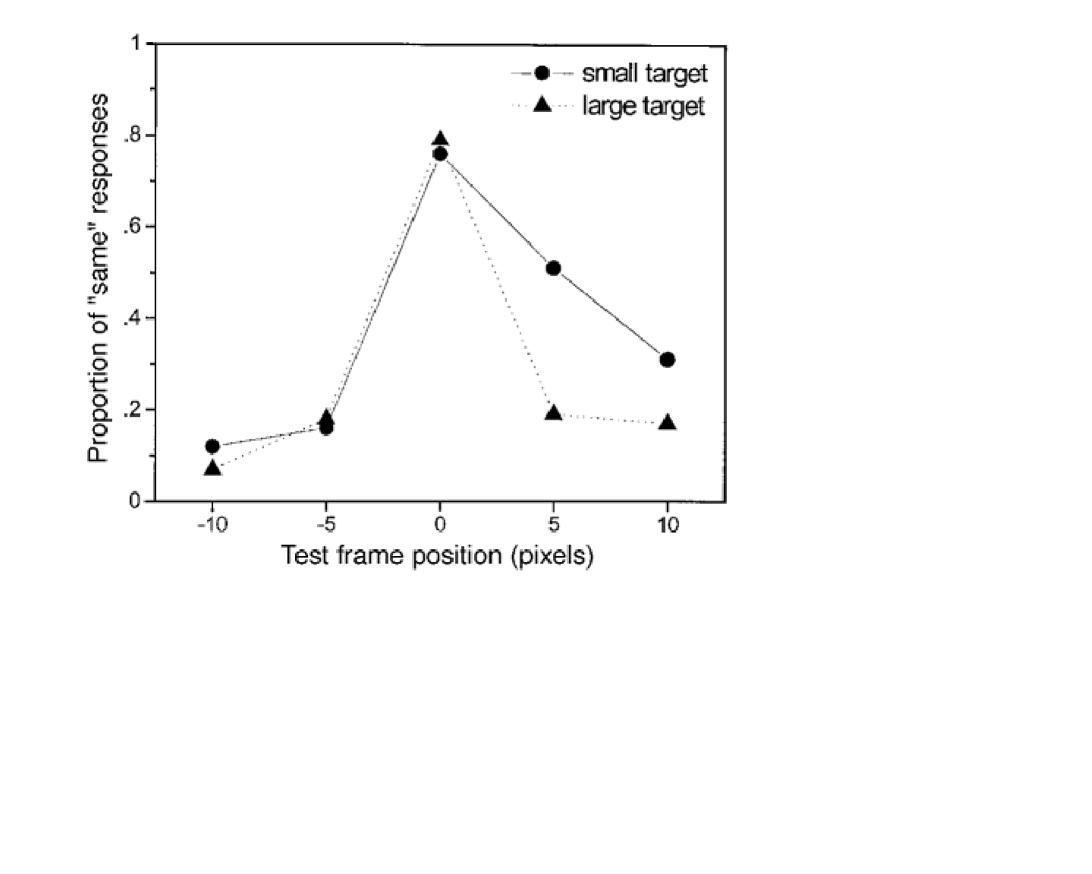
Kozhevnikov & Hegarty (2001, figures 1, 2)
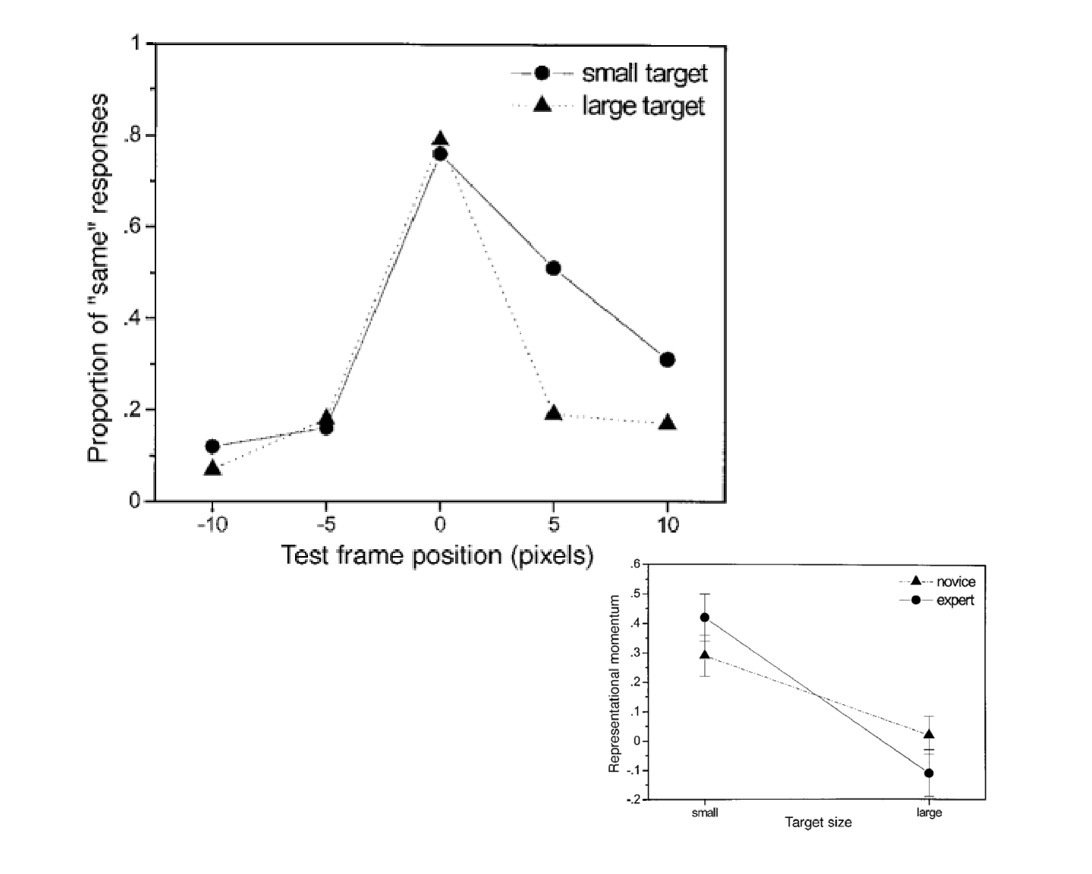
Kozhevnikov & Hegarty (2001, figures 1, 2)
What is inferentially isolated from what?
↛ encapsulation
fast object-tracking processes from knowledge of physics
↚ limited access
location judgement from fast object-tracking processes
inferential isolation
example 4
‘the core number system is inaccessible to conscious introspection:
When adults are
presented with small numerical arrays under conditions that
prevent attentive tracking of individual objects,
we show all the neural signatures of the core number system while indicating no awareness of number.’
Spelke (2022, p. 187)